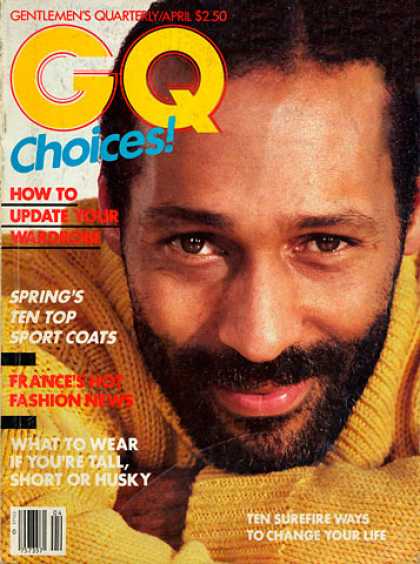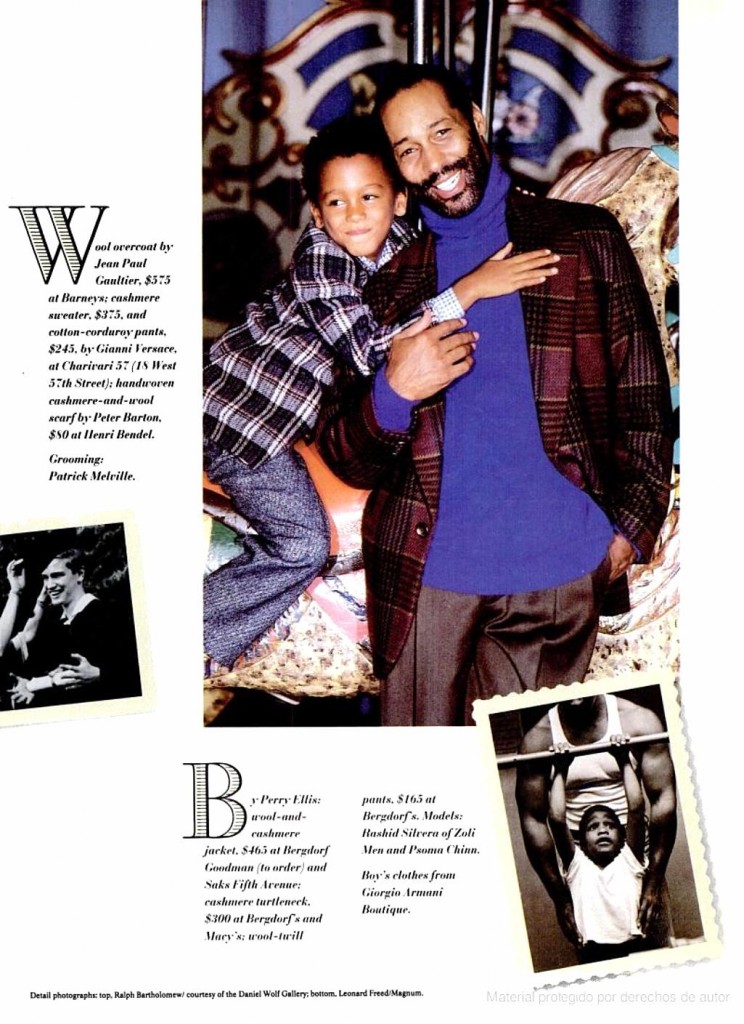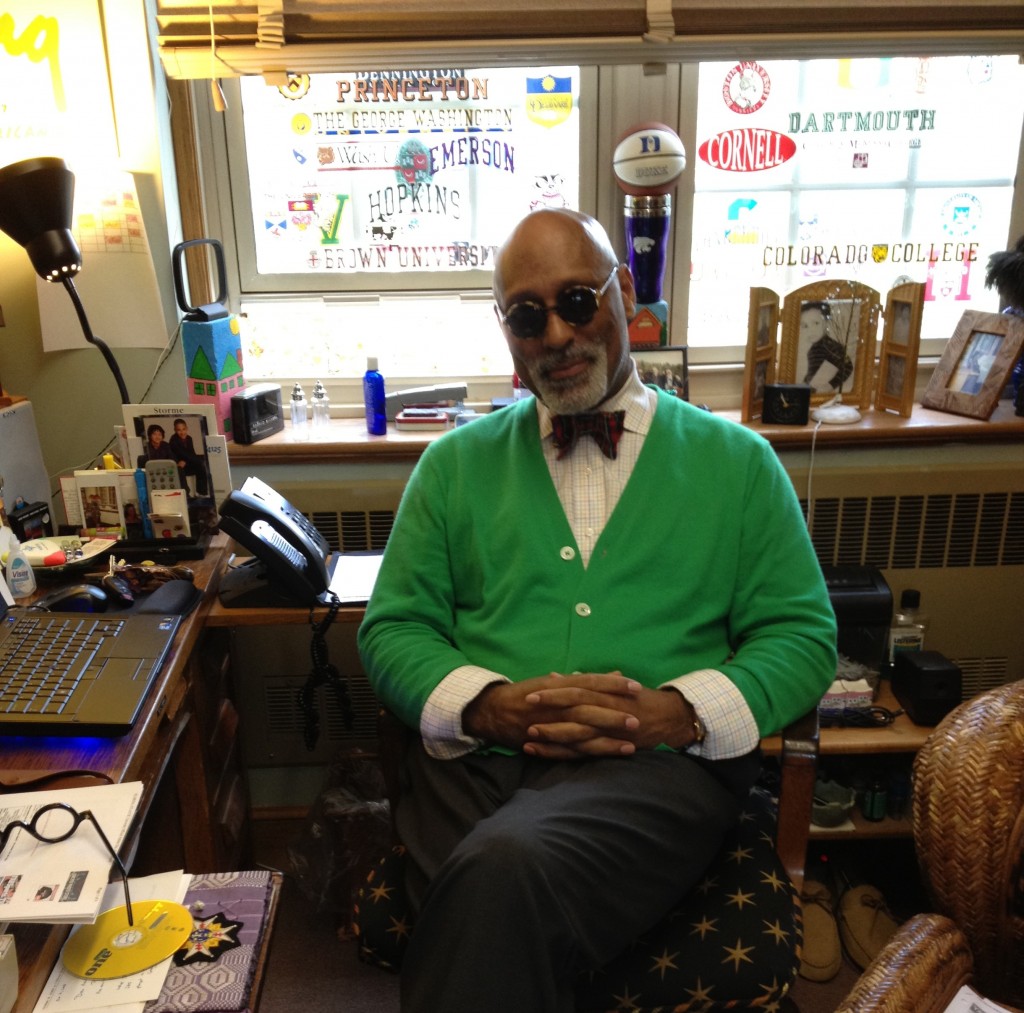
Happy Hump Day POU!
Today’s feature is a Social Studies teacher that fell into modeling as a second career.
Rashid Silvera
For nearly 25 years, Rashid Silvera taught high school social studies in Scarsdale, N.Y., and earned a second income as a professional model. His bearded face graced the covers of magazines like GQ and Essence.
His teaching job made it hard to book for modeling assignments much of the year and forced him to miss seasonal fashion shows in Paris and Milan, but he says that was an advantage
”The coolest thing you can be is unavailable,” said Mr. Silvera about the missed assignments, but he loved his students more. In a 2012 interview, Rashid sat down to talk about his life as a model.
How did you get involved with modeling?
By accident. For me, I was on a beach with a girlfriend. I was staying at the house of a producer friend of mine and a guy named Perry Ellis, who was a major designer, and his neighbors were heads of one of the top modeling agencies in the world. These guys call [the producer] Eddy Bianchi and they say, “Who’s that guy out there?” I come back in and Eddy says to me at dinner, “Oh by the way, the two cats next door, they wanted to know who you were…and I gave them your number.” Eventually I go in and meet with these guys and they’re the best. Then they were flying in Rico Puhlmann from Berlin to take pictures of me. He takes these pictures and the next thing I know people are calling me at school saying, “The people at Condé Nast for GQ are on the phone.” On the phone was head of the men’s division of GQ at the time saying, “We want to get the spelling of your name right because you’re going to be on the cover of the April GQ.” I had literally become a supermodel overnight, by mistake.
At the time, what did it mean to you to be one of the few African American models on the cover of GQ?
I thought, “this is so doggone significant,” that you would almost have to choose that person to be the right person going forward. Right after my cover [was released, GQ began using exclusively celebrities for their covers], so I became famous by default. But also it meant that I did more speaking engagements than you could possibly imagine. And then a lot of people wanted to know if, as an academic, I thought the industry was frivolous, or how I reconciled with being a model. But there are as many intelligent people in the modeling industry as there are in academia.
What else do you see as some of your greatest accomplishments?
The thing that I’m most proud of to this day is that I was the first brown person to do a real campaign for Ralph Lauren. And that was because of Scarsdale. Ralph Lauren, Ralphie Lifshitz, was a Jew selling a very British lifestyle. It was like “think Yiddish, dress British.” And people were wondering where is Jewish culture or black or Asian people in these ads? One of my student’s mothers, Joanne Cea, was Ralph’s right-hand woman. She goes in one day and says, “Ralph, I got the guy.” I go to meet him and in an instant we connect. I walk in and he comes over to me (I’m wearing an Armani blazer), and he feels it and says, “how did you get to dress like this?” And then he says to me, “You’re going to be my Cary Grant.” We just hit it off. Then I showed up in a full-page New York Times ad for Polo Ralph Lauren. And the whole fashion world went nuts.



